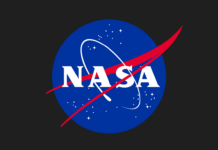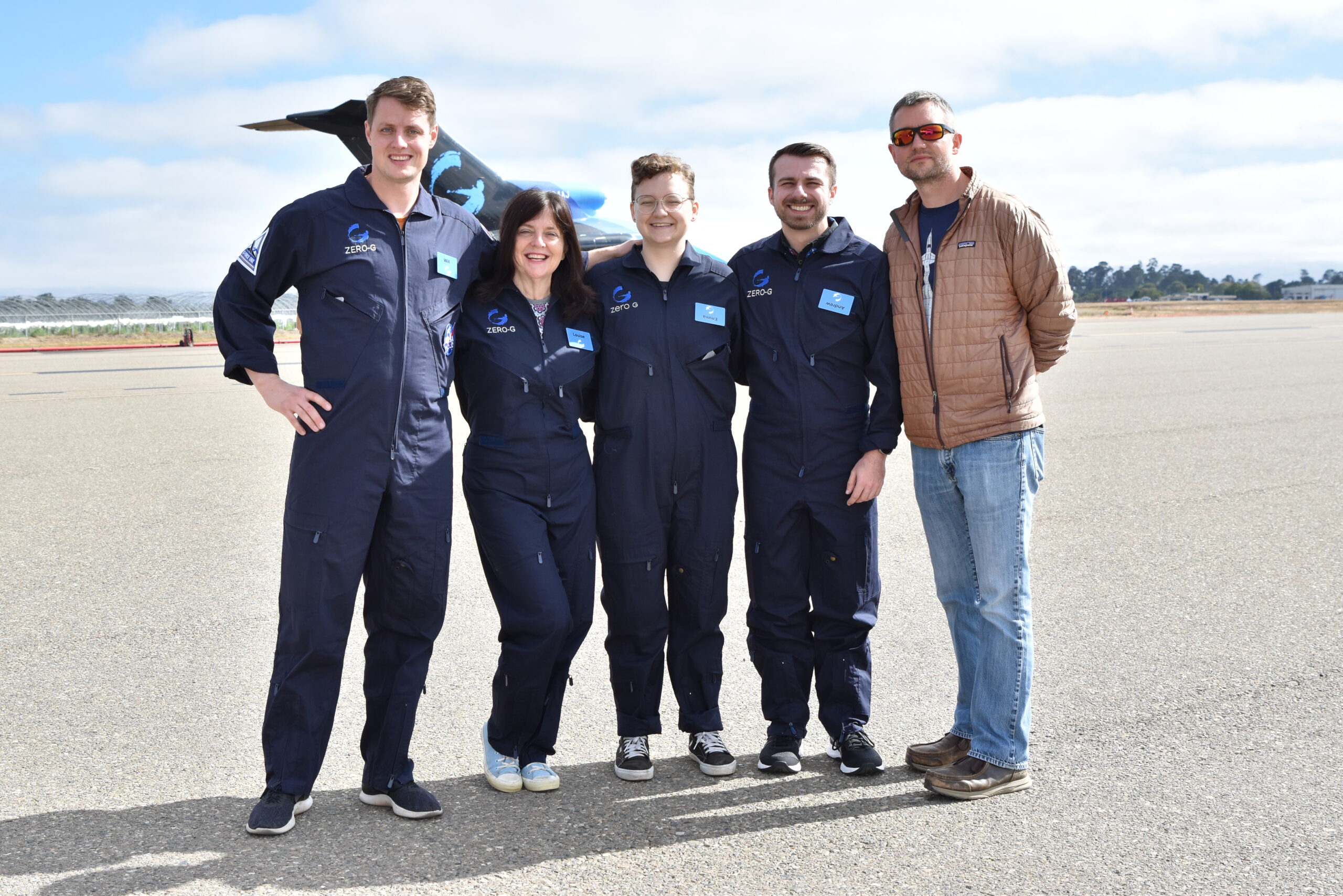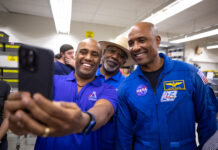In an exciting new development, NASA is actively working towards revolutionizing the future of space exploration with innovative in-space manufacturing techniques. As part of this initiative, NASA’s Marshall Space Flight Center, located in Huntsville, Alabama, has teamed up with The Ohio State University in Columbus to explore the potential of laser beam welding in space. This collaboration is a significant step towards making human exploration of the Moon and Mars more feasible by enabling the construction and repair of large structures directly on the lunar surface.
The primary objective of this multi-year project is to gain a deeper understanding of how welding operates in the unique conditions of space. This includes examining how laser beam welding behaves in environments with a vacuum and reduced gravity, such as those found on the Moon. By doing so, NASA aims to enhance its capability to construct and maintain essential infrastructure in space, which is a crucial component of future missions to Mars and beyond.
Traditionally, space structures have relied on fasteners, rivets, and other mechanical means to hold them together. However, Andrew O’Connor, a materials scientist at Marshall Space Flight Center and the technical lead for this project, emphasizes the need for more robust and durable joints. “If we genuinely want structures to remain intact when assembled on the lunar surface, in-space welding may be the answer,” O’Connor explains. Welding in space could eliminate the need to transport additional materials like rivets, thus reducing payload weight on missions. This efficiency is vital for the success of long-duration space exploration.
To bring this vision to life, researchers are conducting experiments under simulated space conditions. These tests focus on various factors, such as how heat is transferred in a vacuum, the size and shape of the molten area when exposed to a laser beam, and the properties of the weld once it solidifies. Understanding these factors will enable scientists to predict how welding will perform in the harsh environment of space, which is crucial for planning future missions.
In a remarkable demonstration of this effort, a joint team from Ohio State’s Welding Engineering and Multidisciplinary Capstone Programs, along with Marshall’s Materials & Processes Laboratory, conducted high-powered fiber laser beam welding experiments aboard a commercial aircraft. This aircraft performed parabolic flight maneuvers, which simulates reduced gravity conditions. These maneuvers involved flying in a parabolic arc, creating approximately 20 seconds of weightlessness, similar to the conditions experienced in space.
During these flights, the team successfully completed 69 out of 70 welding operations in both microgravity and lunar gravity conditions, marking a significant milestone in the project. The data collected from these experiments, facilitated by an extensive network of sensors, will provide valuable insights into how space environments impact the welding process and the resulting welded material.
Will McAuley, a welding engineering student from Ohio State, expressed his excitement about the success of the flight campaign. The collaboration between NASA and Ohio State spans over two years and involves undergraduate and graduate students, professors, and engineers from various NASA centers. This partnership is also supported by NASA’s Langley Research Center in Hampton, Virginia, which developed a portable vacuum chamber to aid in the testing efforts.
The last time NASA conducted welding experiments in space was during the Skylab mission in 1973. Since then, only parabolic tests with low-powered lasers have been carried out. However, practical welding and joining methods, along with allied processes such as additive manufacturing, are essential for developing an in-space economy. These processes could enable the repair and repurposing of critical space infrastructure and facilitate the construction of structures too large to fit current launch payload volumes.
The potential applications of in-space welding are vast. It could expedite the construction of large habitats in low Earth orbit, enhance spacecraft structures to ensure astronaut safety on future missions, and much more. Moreover, the insights gained from this research can also benefit Earth-based industries by informing welding processes crucial to manufacturing various goods, from automobiles and household appliances to towering skyscrapers.
Andrew O’Connor, reflecting on the significance of laser beam welding in this context, stated, “We’re really excited about laser beam welding because it gives us the flexibility to operate in different environments.” This flexibility is paramount as NASA continues its journey towards exploring new frontiers in space.
This ambitious project receives funding from NASA Marshall’s Research and Development funds, the agency’s Science Mission Directorate Biological and Physical Sciences Division, and NASA’s Space Technology Mission Directorate, including NASA Flight Opportunities. For more detailed information, you can visit NASA’s Marshall Space Flight Center’s official website.
In conclusion, the collaborative efforts between NASA and The Ohio State University highlight a promising future for in-space manufacturing. By advancing laser beam welding techniques under space-like conditions, NASA is paving the way for more efficient and sustainable space exploration. This groundbreaking research not only holds the potential to transform our approach to building structures in space but also offers valuable insights that can benefit various industries on Earth. As we stand on the brink of exploring new worlds, innovative technologies like laser beam welding will play a pivotal role in shaping the future of space exploration.
For more Information, Refer to this article.






























